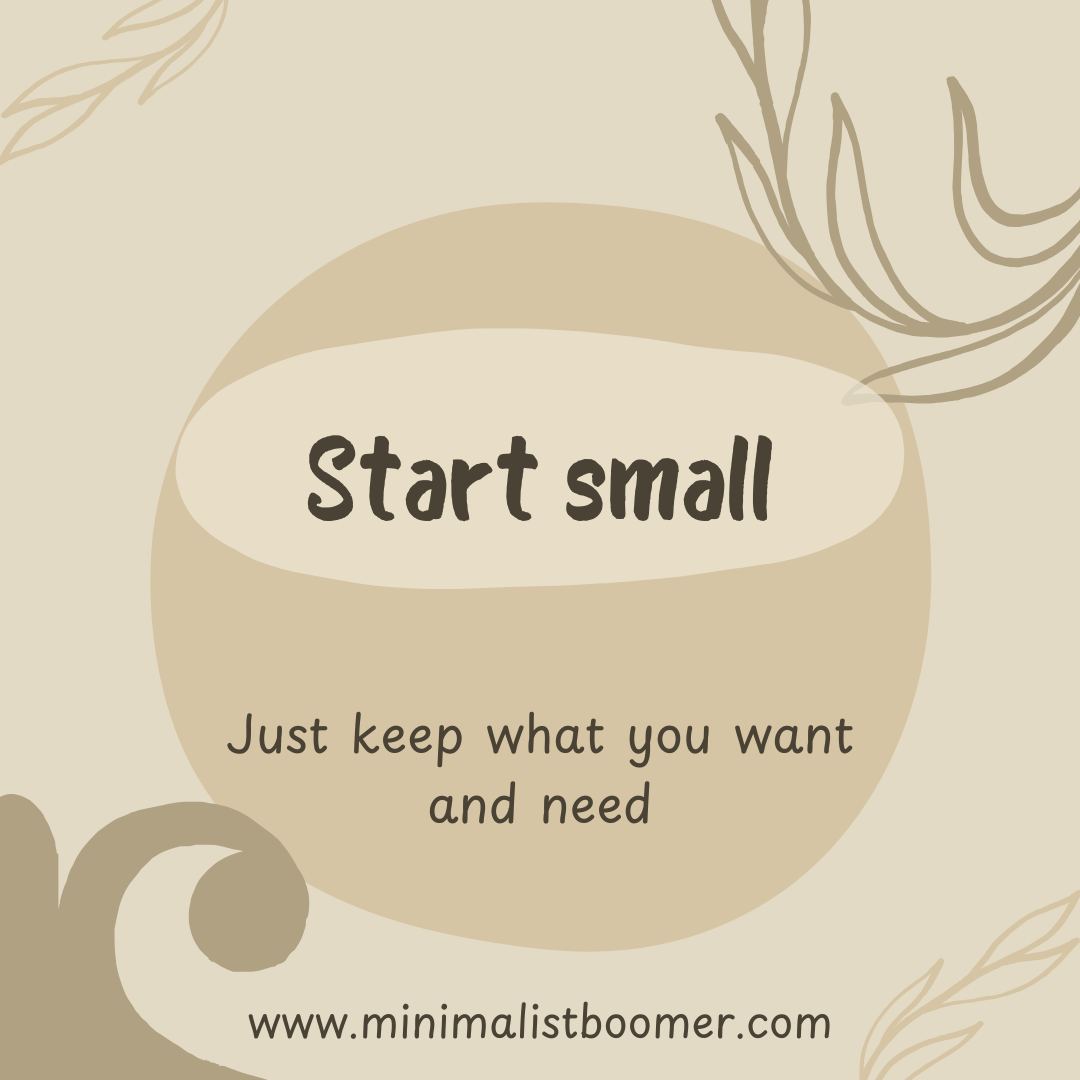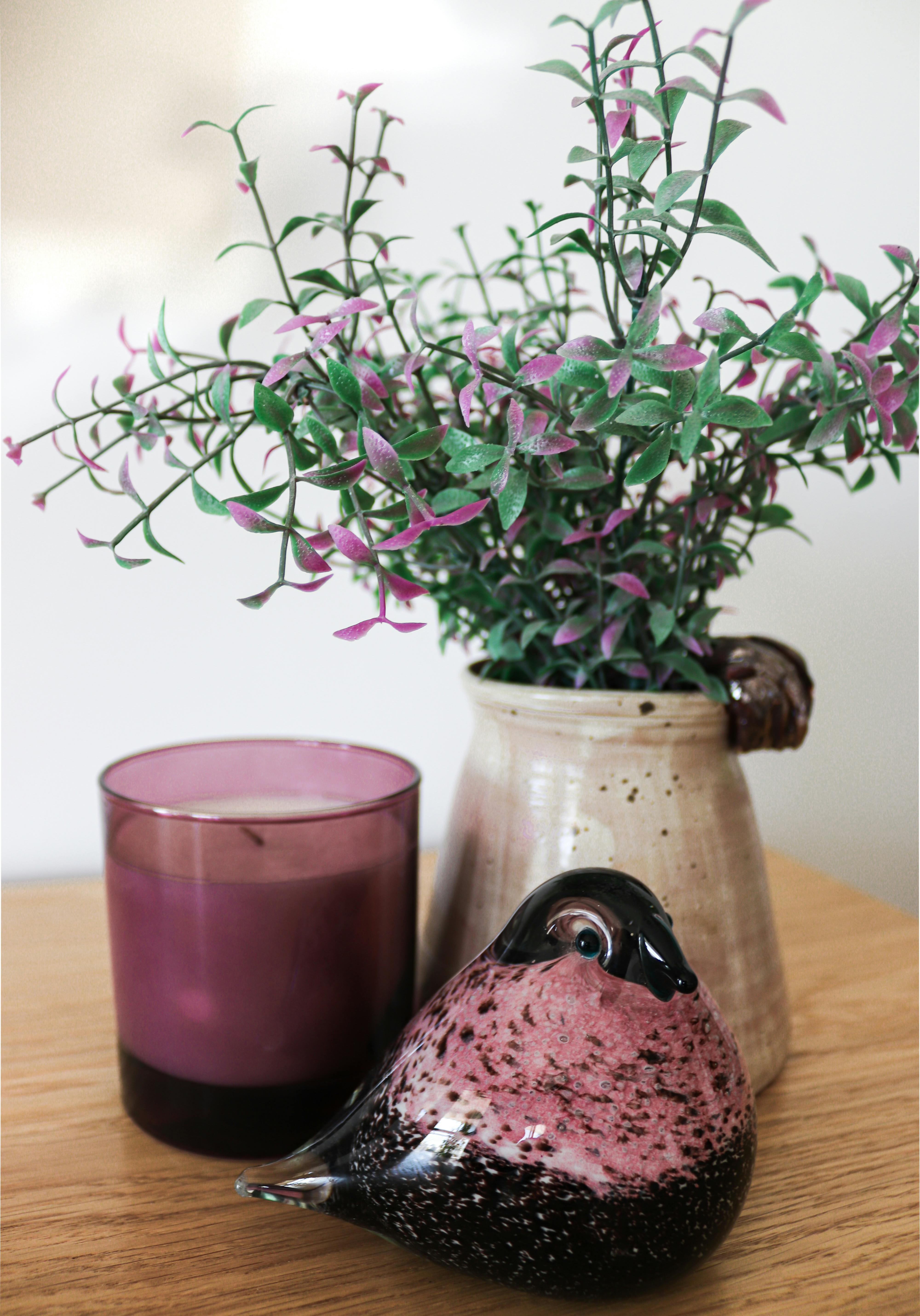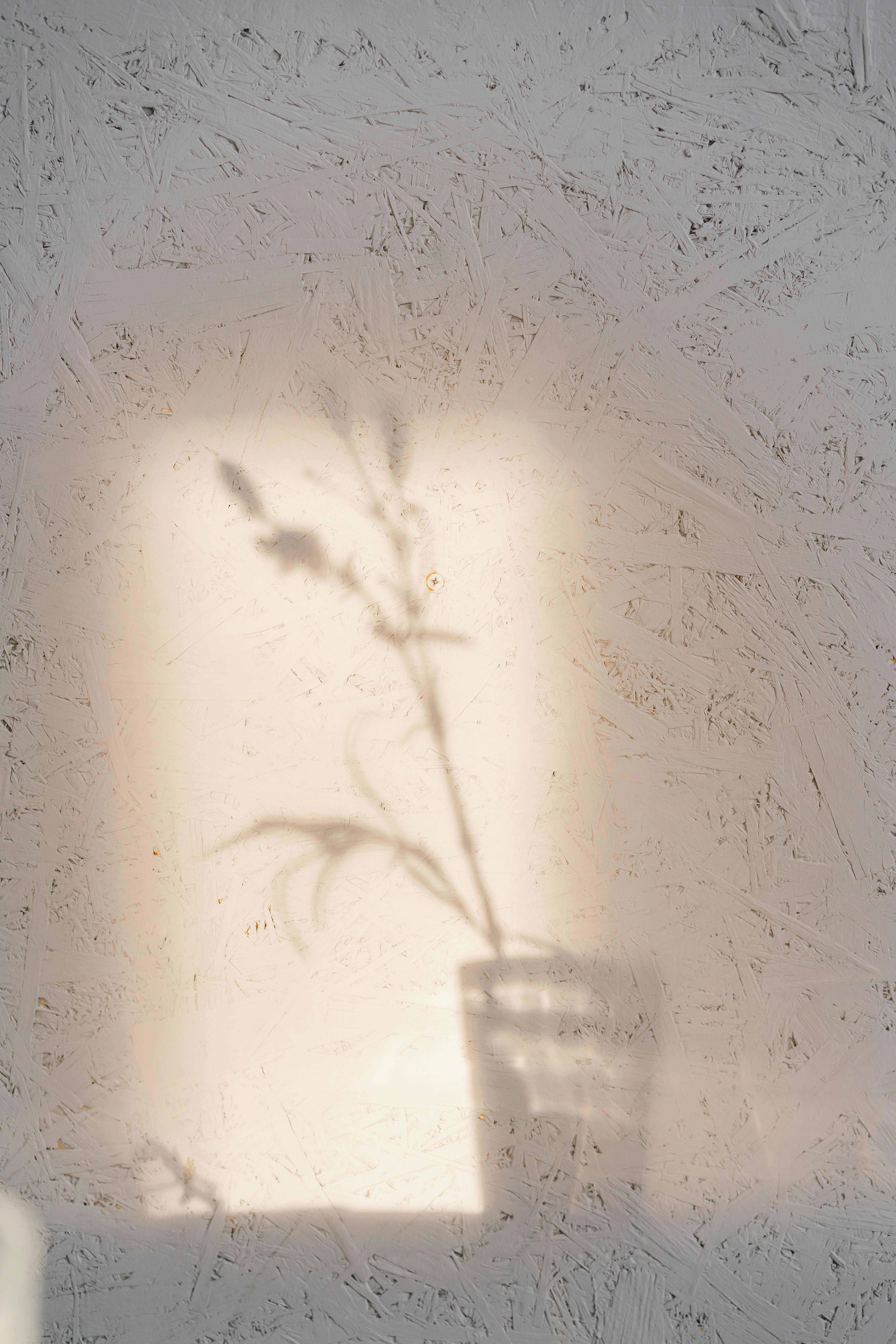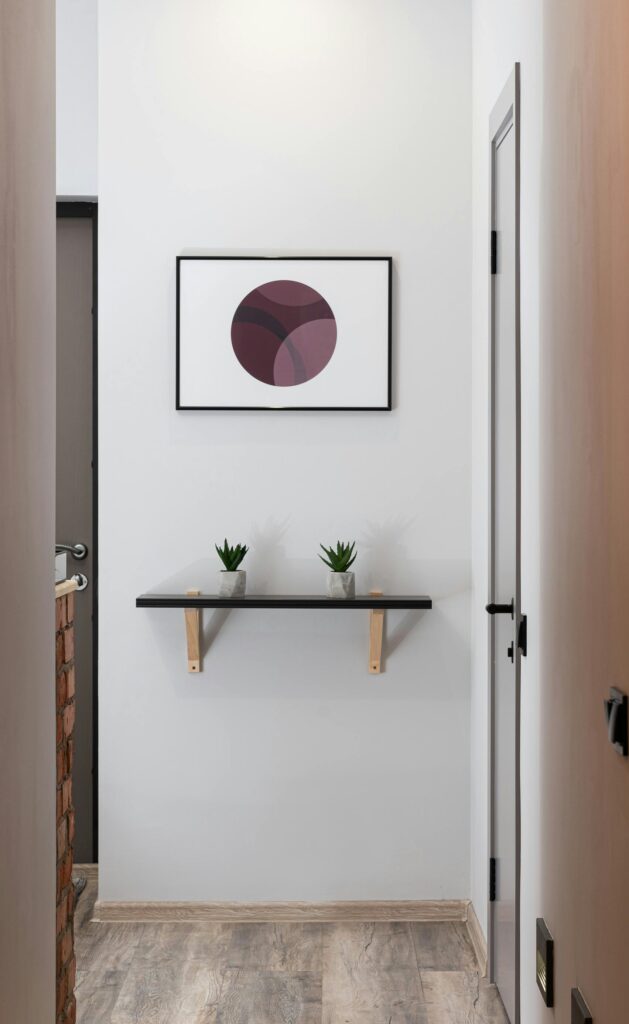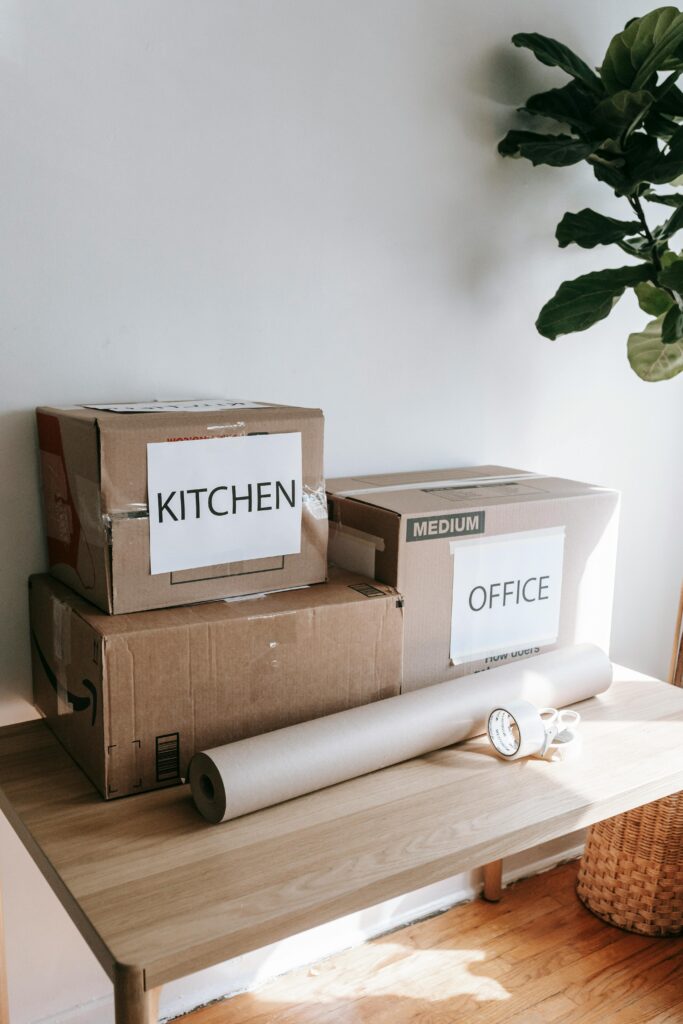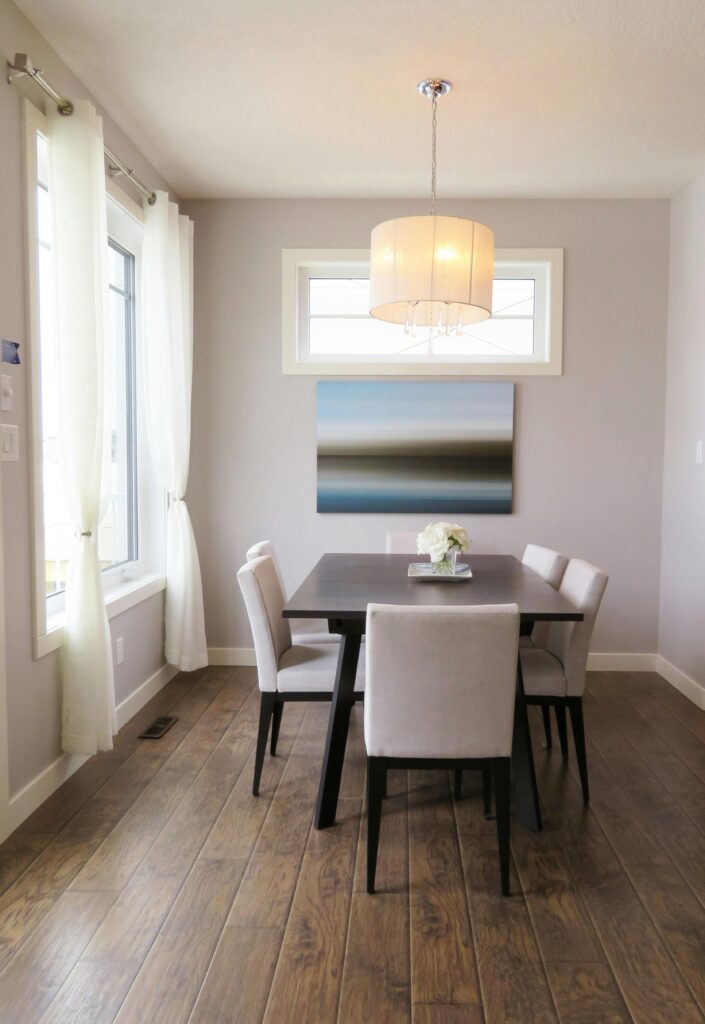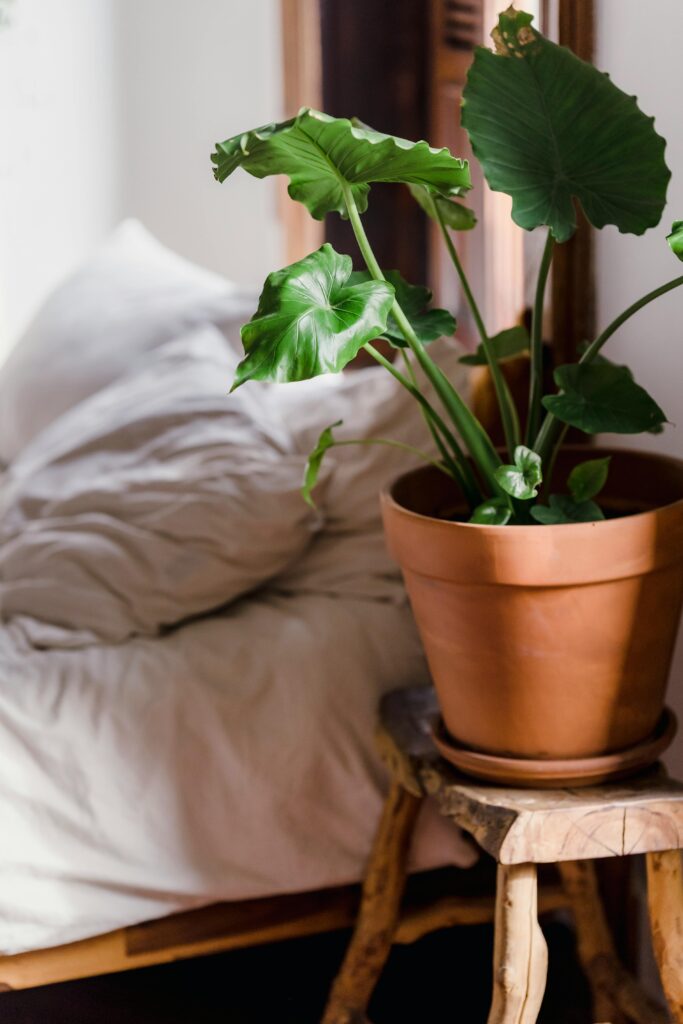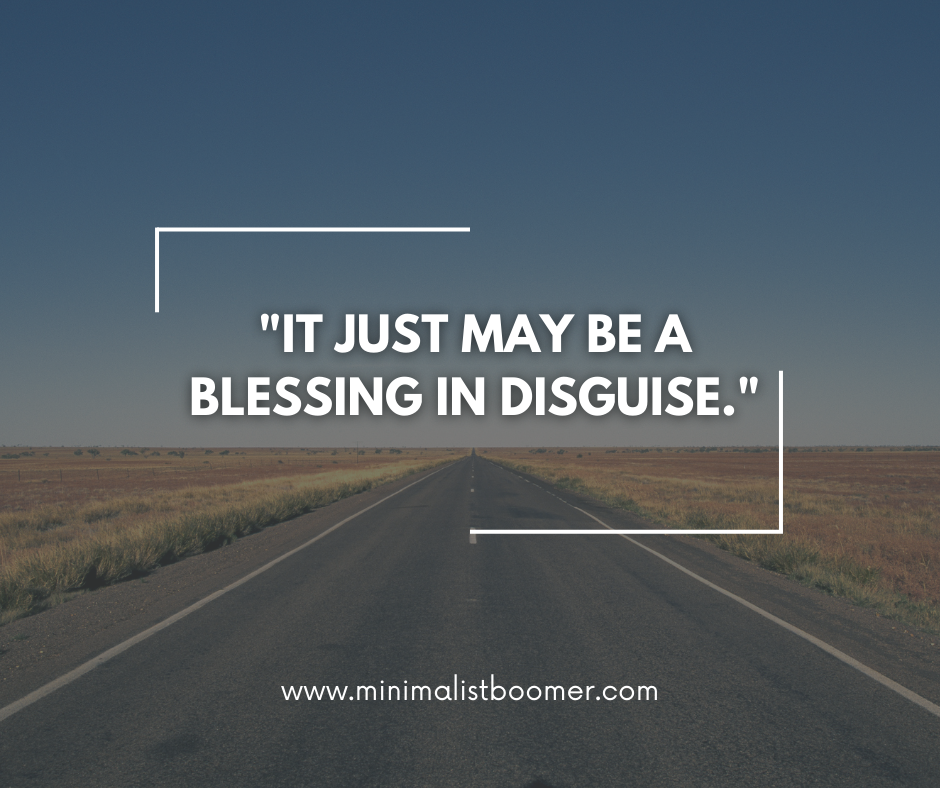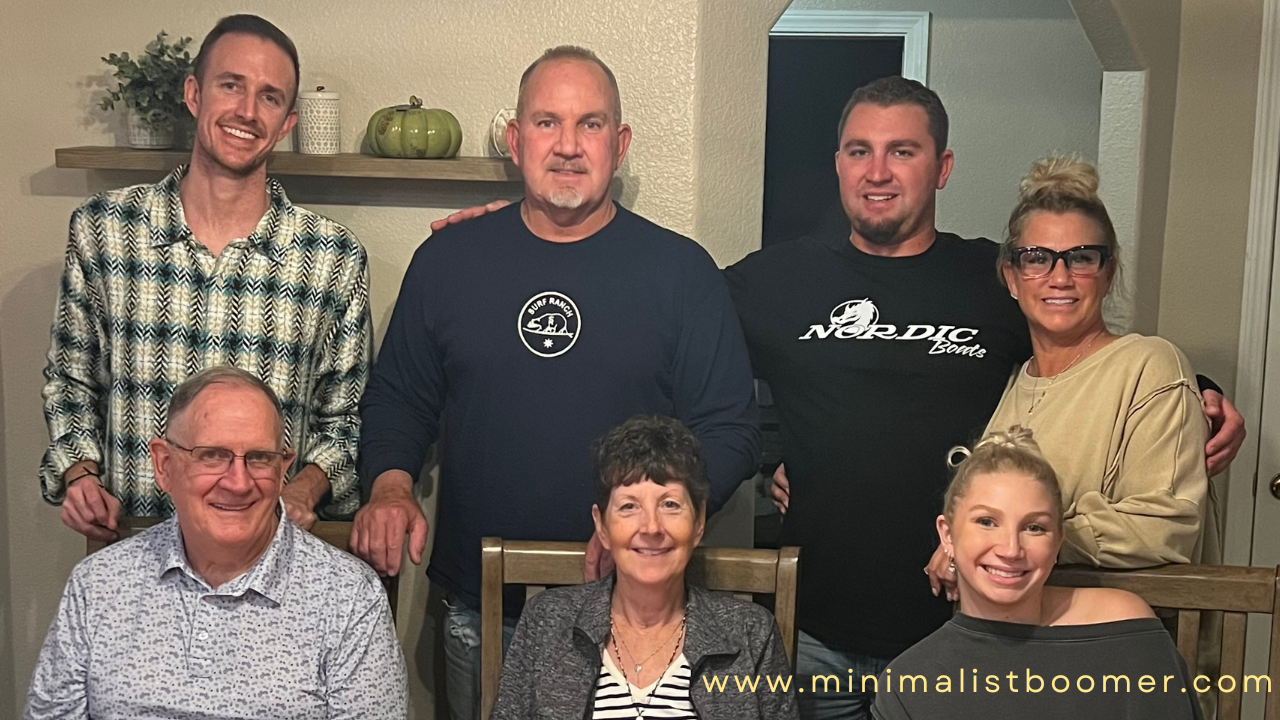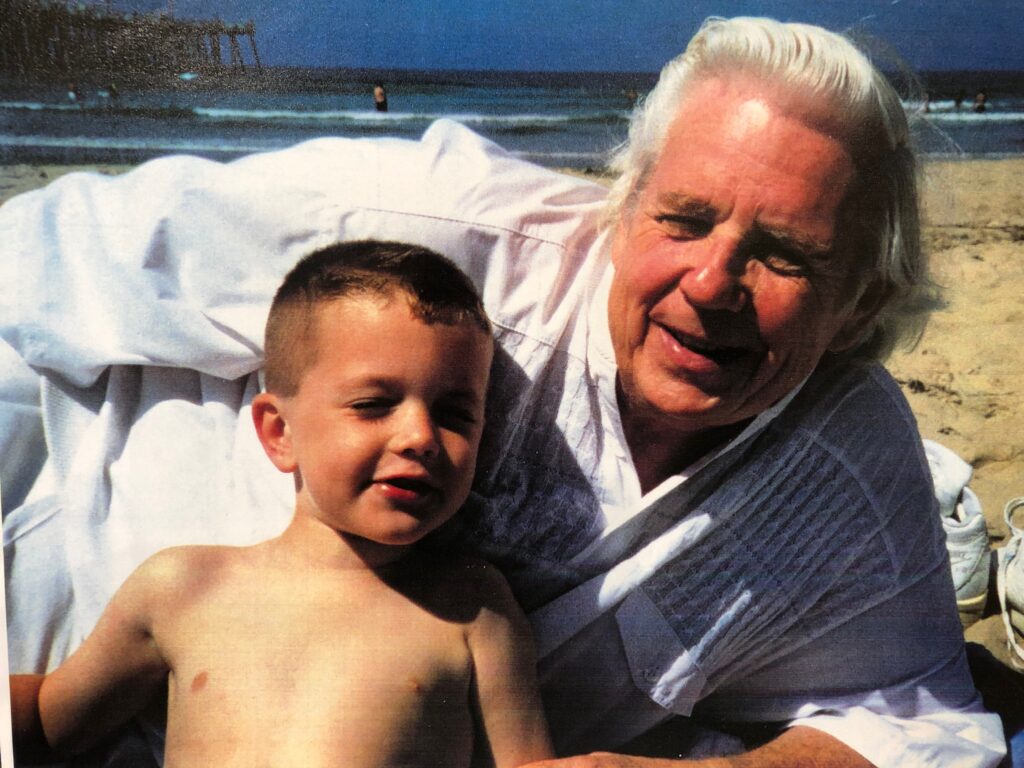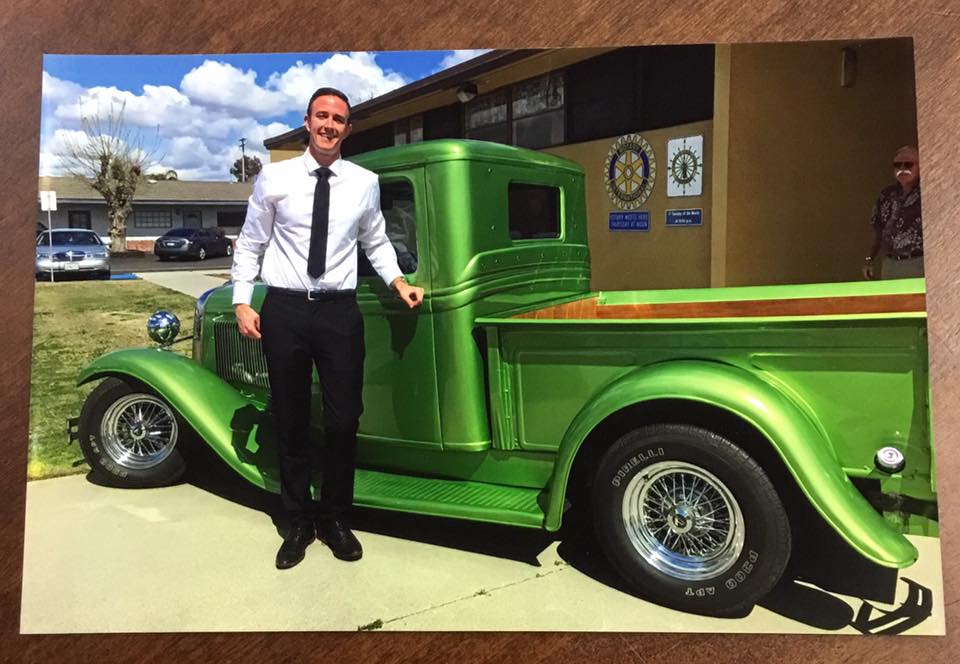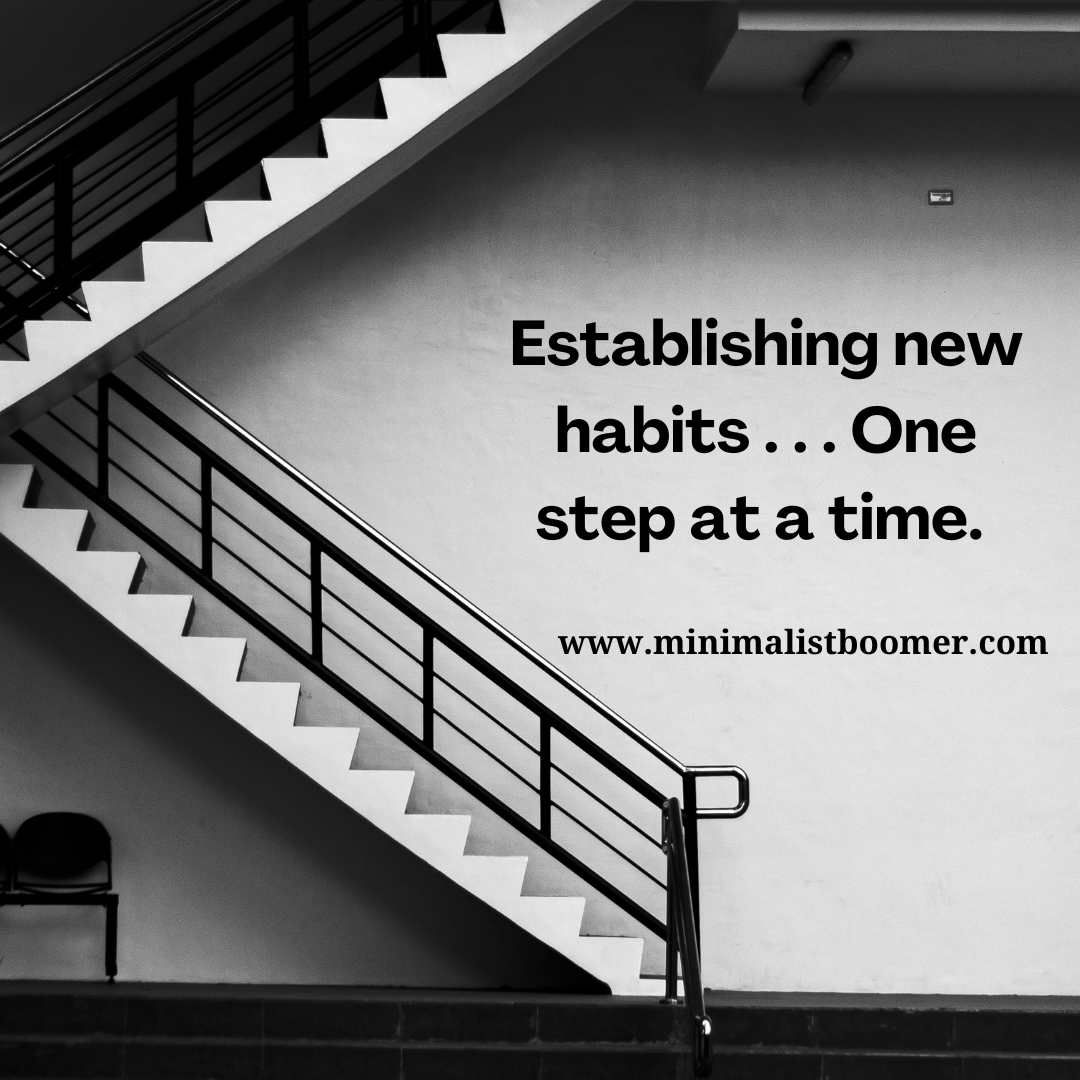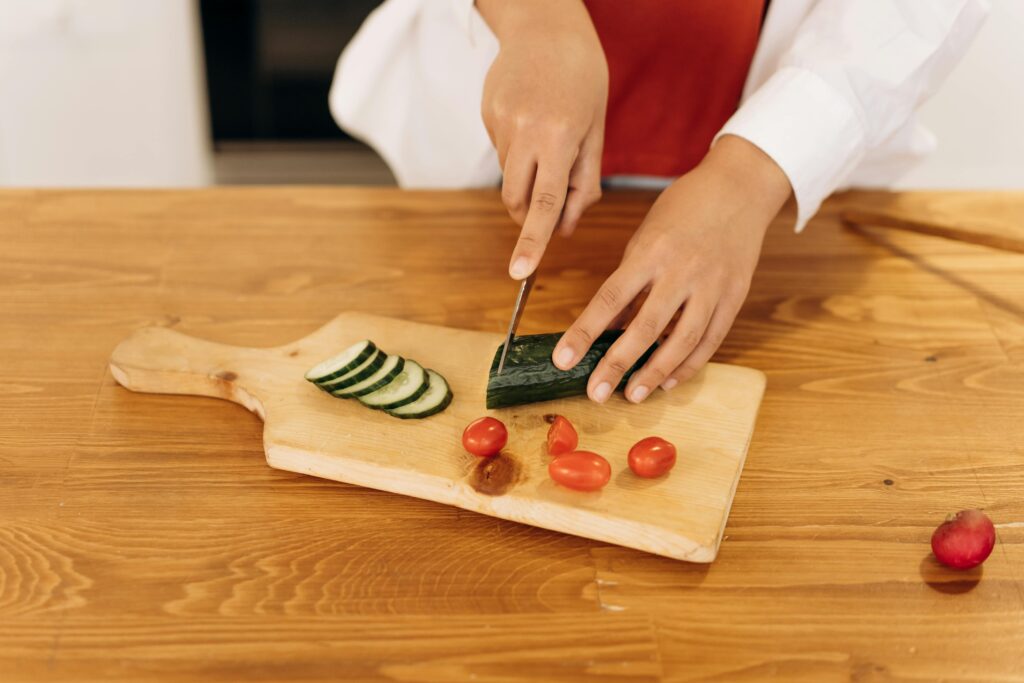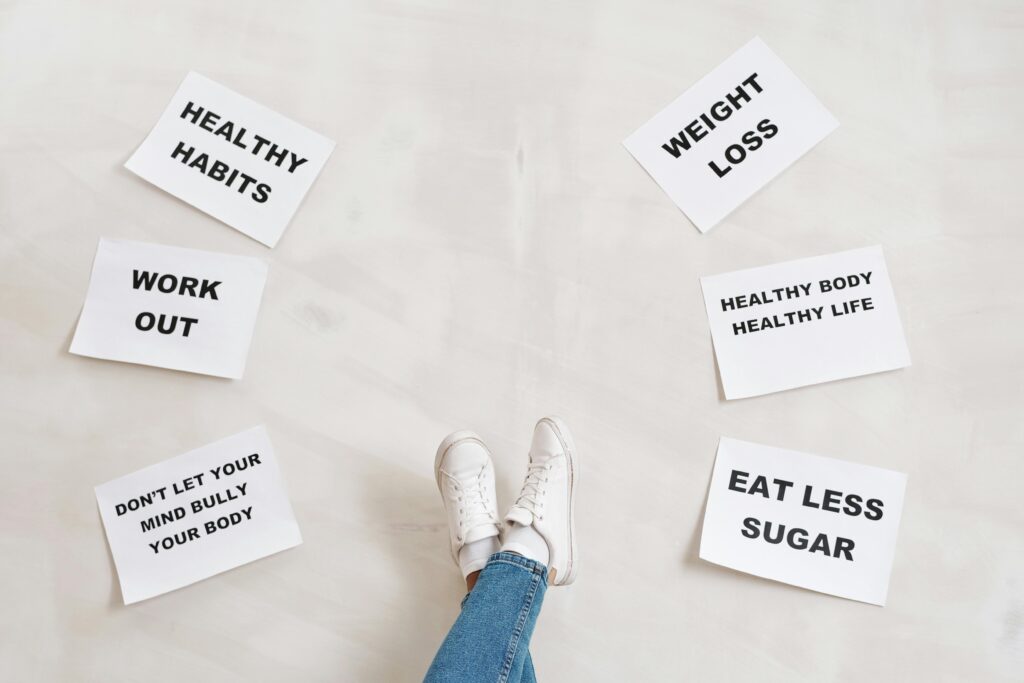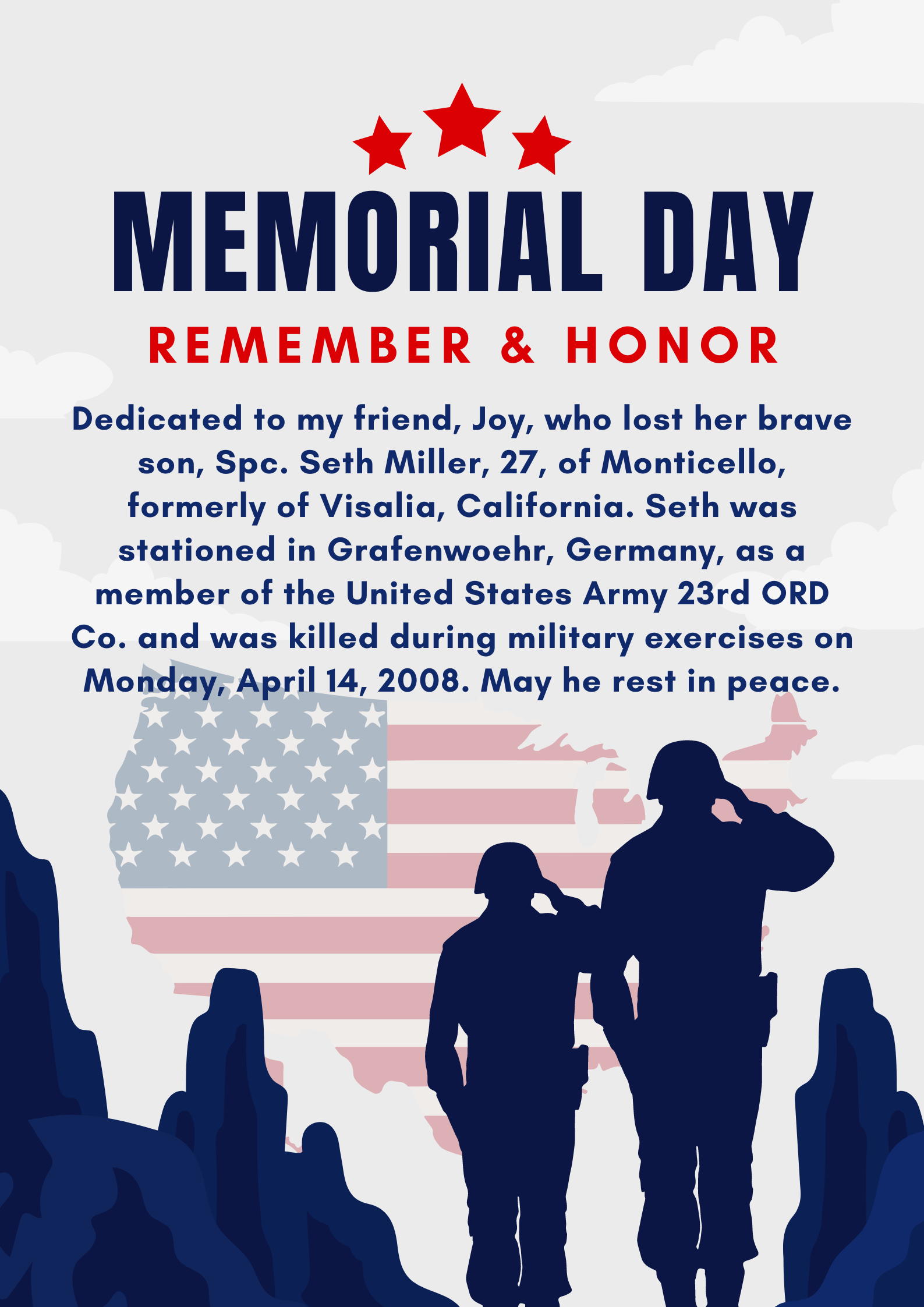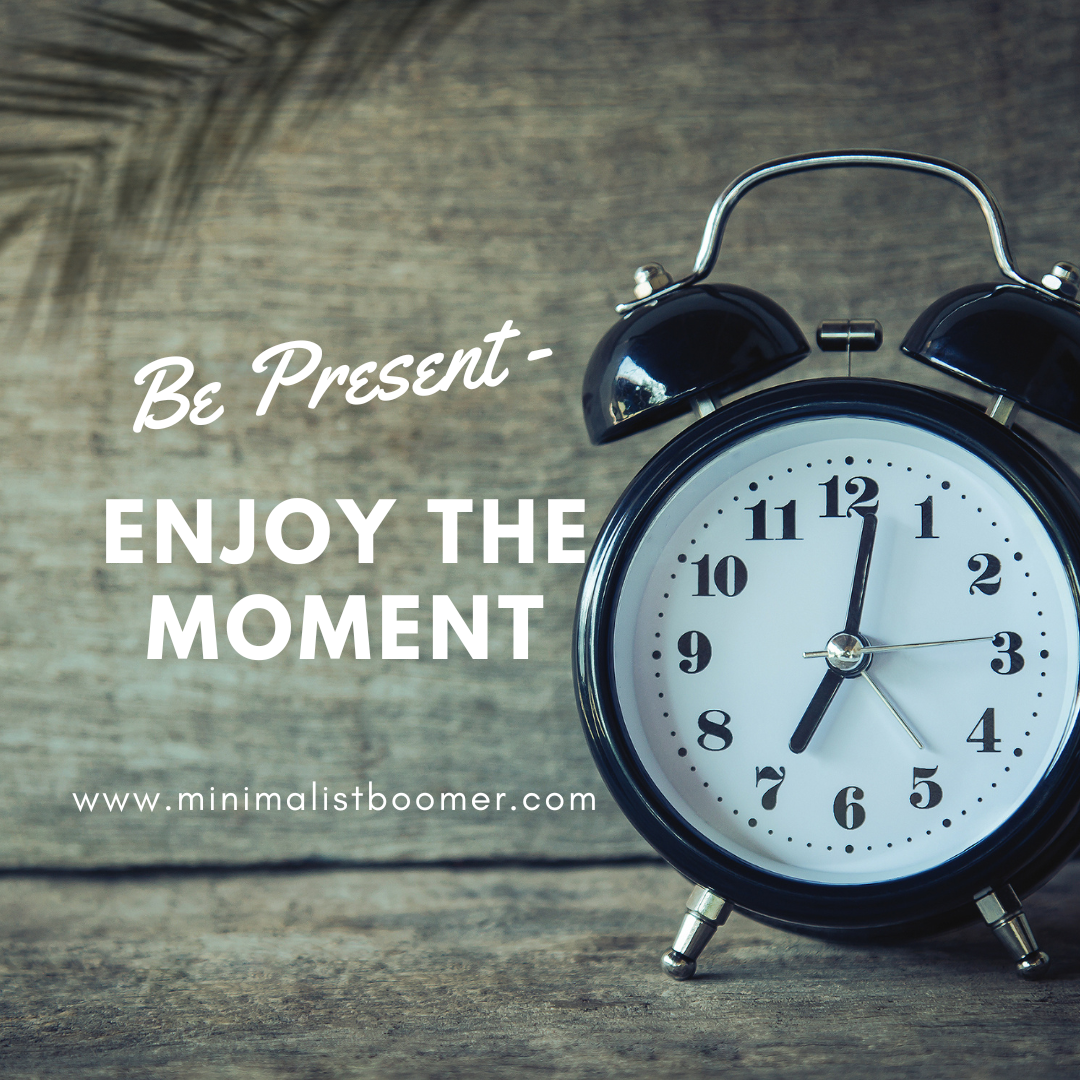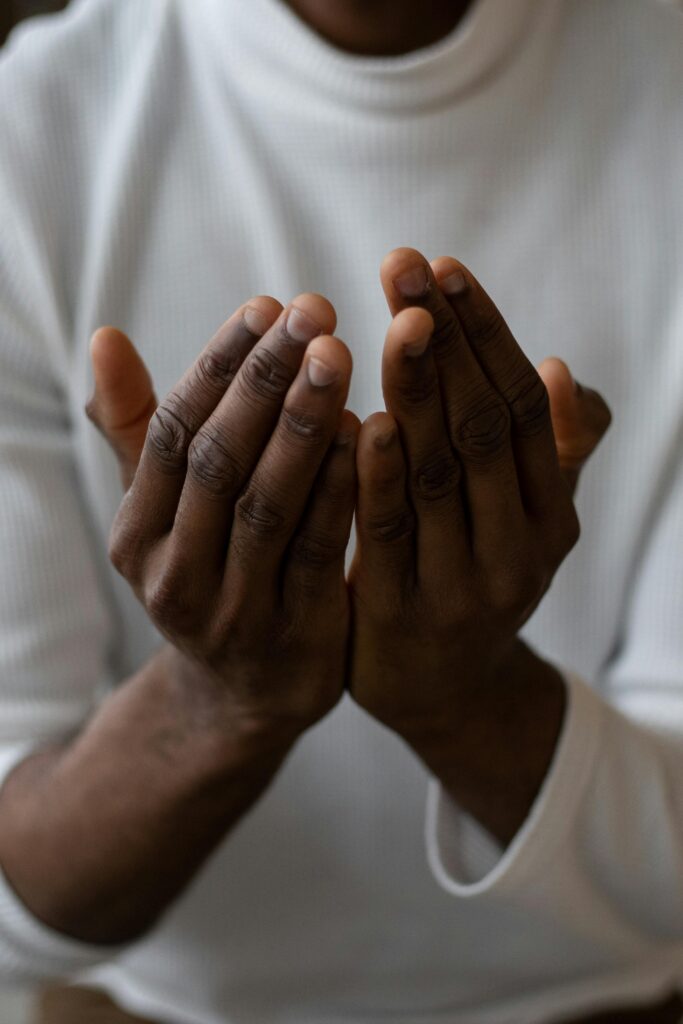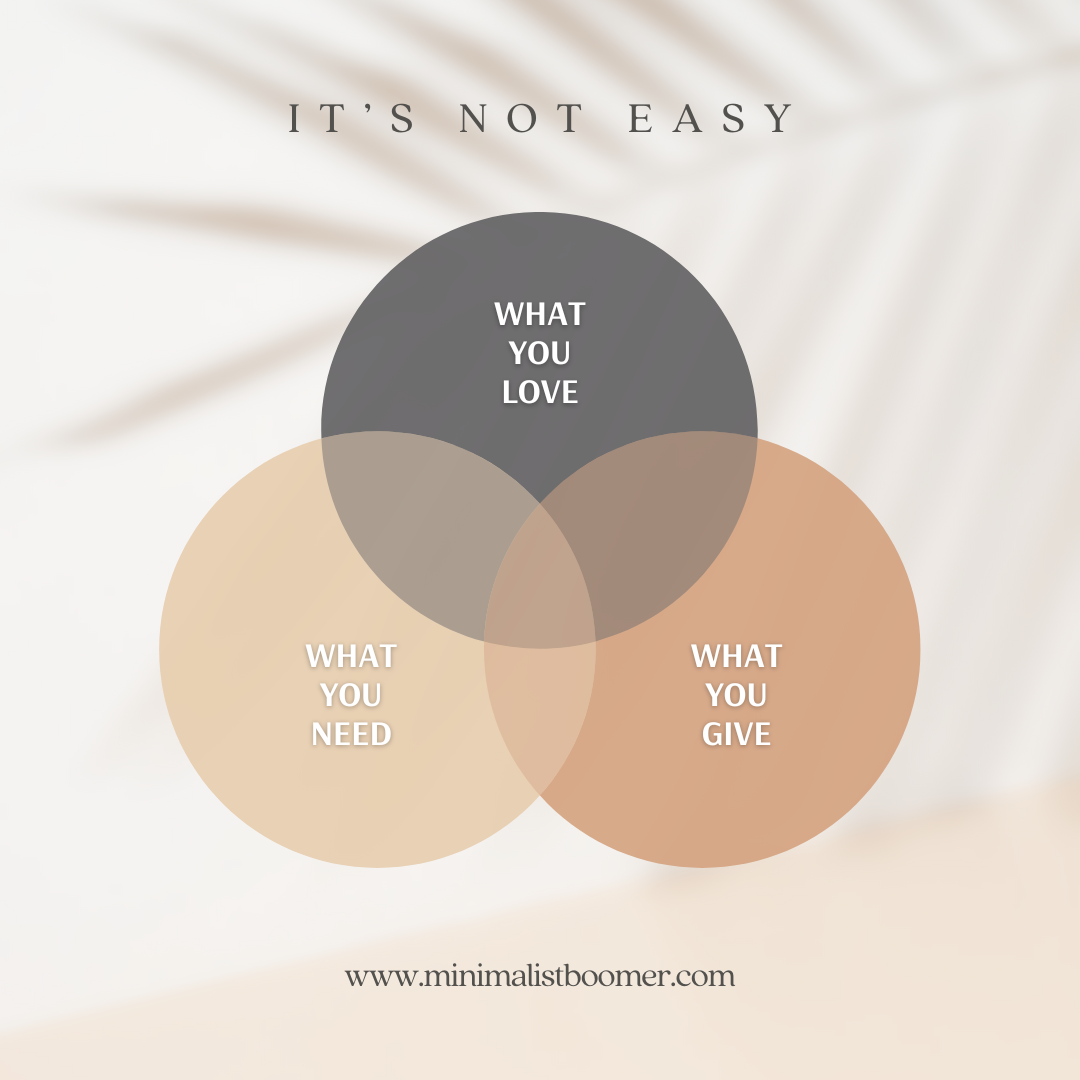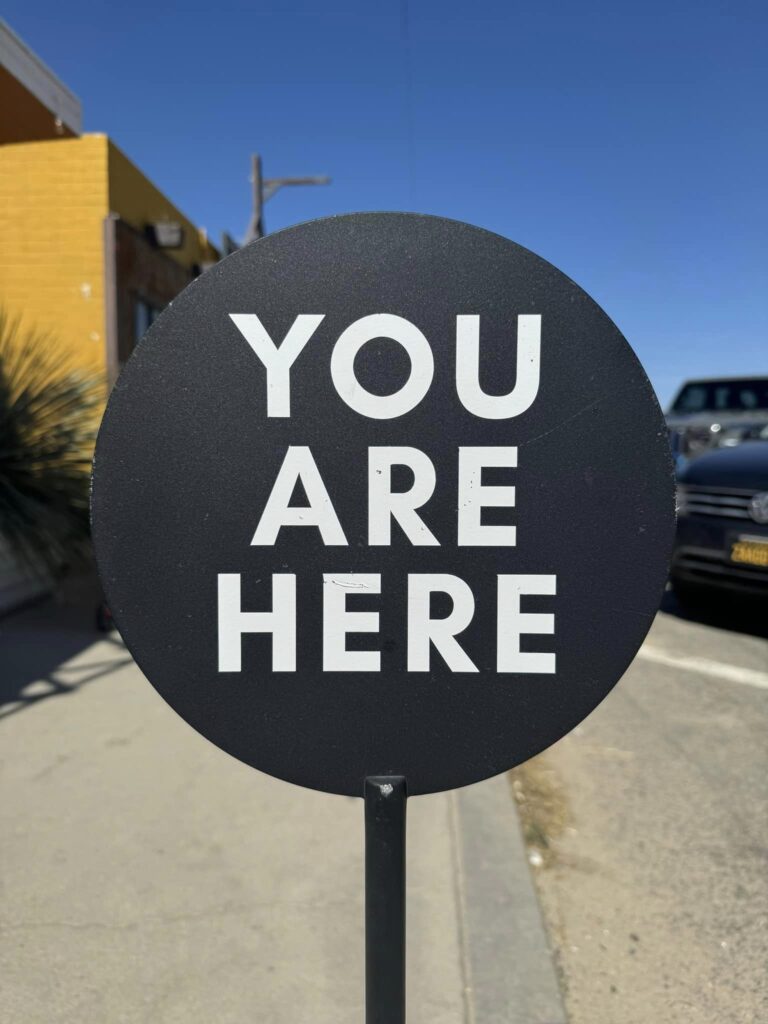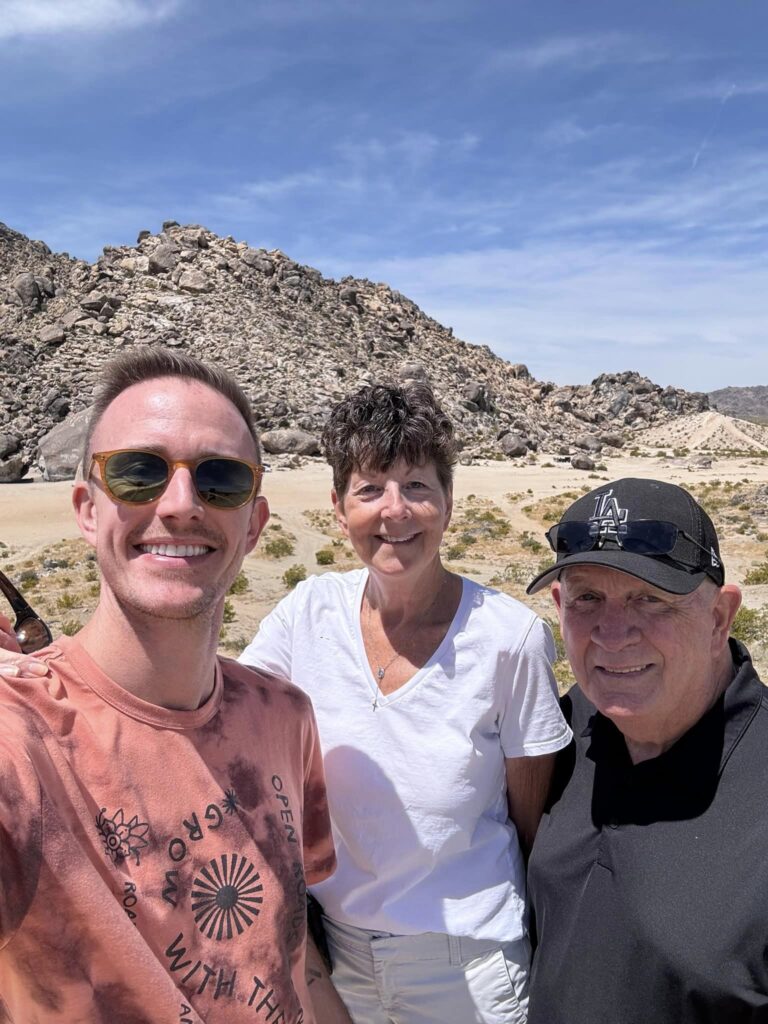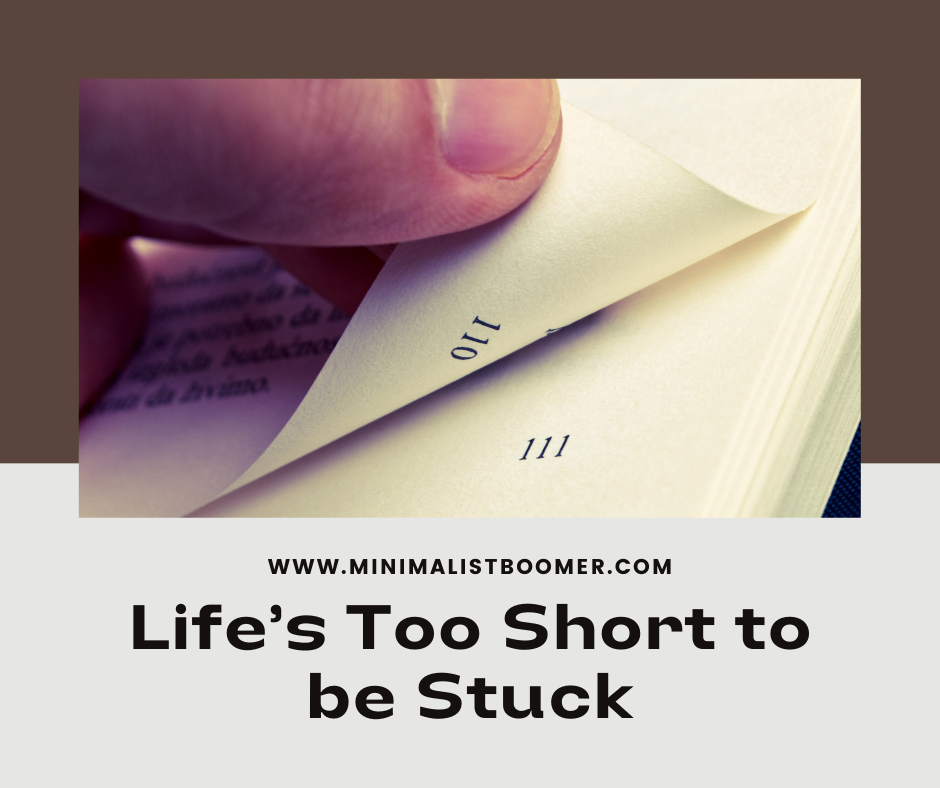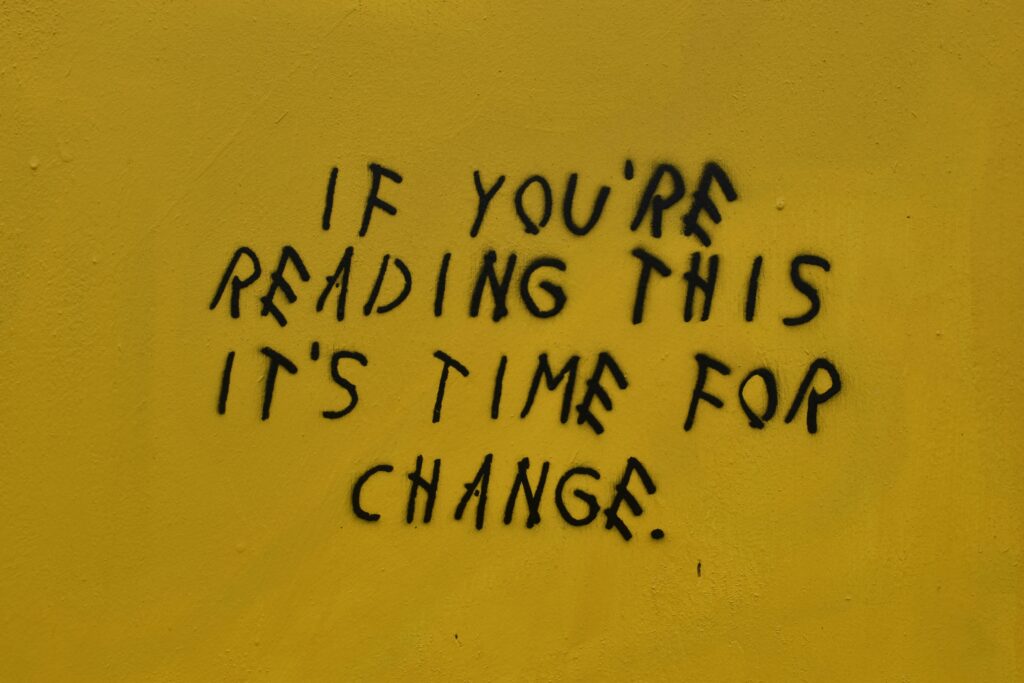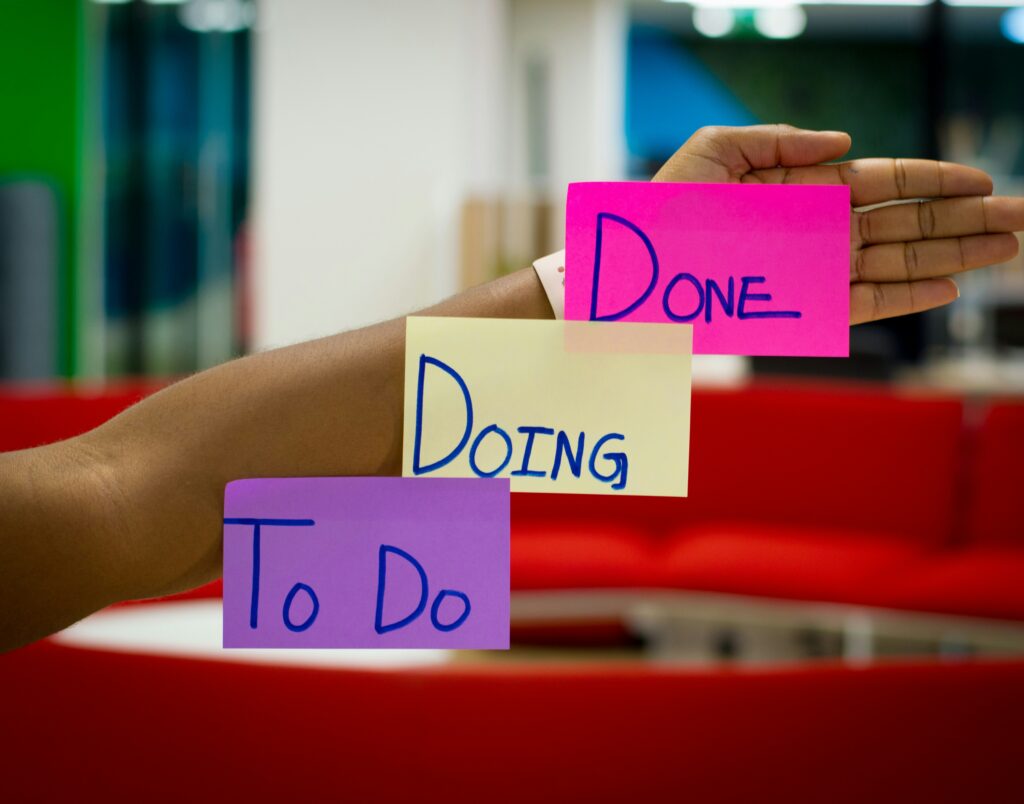Feeling overwhelmed by clutter? You’re not alone. We were traveling in California for a couple of weeks recently and I had the pleasure of having conversations with several people, who for whatever reason, brought up their problems with having too much stuff. It was so interesting. Many of us struggle with finding the best way to organize our living spaces for peace of mind. Fortunately, tackling clutter doesn’t have to be daunting.
You just have to take that first step. Imagine knowing exactly where everything is and finally making room for what matters the most to you. This journey can lead to a cleaner home and a clearer mind. Ready to get started? Let’s break it down into simple steps, so you can begin without feeling buried under a pile of stuff.
Understanding the Need to Declutter
Decluttering is more than just tidying up; it’s about getting rid of everything you no longer want or need. By clearing away the physical clutter, you can also create mental space, making room for clarity and peace.
Setting Clear Goals for Your Decluttering Project
When it comes to decluttering, setting clear goals is your roadmap to success. Without them, it’s easy to lose focus or become discouraged. Taking the time to figure out what you want to achieve will ensure your journey is not only efficient but also rewarding.

Assessing Your Current Situation
The first step in setting clear goals is understanding where you stand. Look around your home. What areas feel chaotic or overwhelming? Is it the overflowing closet, the cluttered garage, or that catch-all corner in the living room? Make a list of these areas that need the most attention. This list becomes your starting point and will help you prioritize your efforts. Remember, every space is different, and the goal is to tailor your strategy to fit your needs.
Defining What Success Looks Like
Once you know what needs improvement, visualize what success looks like for you. Each person’s end goal is different. Do you want roomier shelves, or perhaps a workspace that is more structured and organized? It could be as simple as having a tidy kitchen counter. Think about how you want your space to make you feel. Whether it’s serene, functional, or simply stress-free, this clarity will guide your decisions as you sort through your belongings.
Creating a Timeline for Your Project
Achieving your decluttering goals isn’t an overnight task. It’s a marathon, not a sprint. Setting a realistic timeline helps keep you on track without feeling overwhelmed. Break down your project into manageable chunks, focusing on one area at a time. Maybe tackle the living room over a weekend and the garage the next. Use a calendar to mark deadlines for each section and try your best to stick to them. This way, you maintain momentum and avoid burnout, ensuring every step feels like a victory.
With these strategies, setting and achieving your decluttering goals becomes a clear, structured process. By assessing, defining, and planning, you’re already halfway to a more organized space.
Strategies for Effective Decluttering
Every step you take toward clearing out the unnecessary gives you more breathing room, not just in your home, but in your mind, too. Here are some handy strategies to help streamline the process and keep you on track.
“Just because the space exists doesn’t mean it has to be full.” – Allie Casazza
Stop the Flow of Stuff Coming In
Imagine trying to empty a bathtub with the faucet still running. That’s what decluttering can feel like if you keep bringing new stuff into your home. The first step to effective decluttering is to stop the influx of items. Make conscious decisions about what you allow into your space. Do you really need that new gadget, or is it just a temporary thrill? Be intentional with your purchases and consider the long-term impact they might have on your space.
- Set a rule for yourself: something new only comes in if something old goes out.
- Question every purchase: Is it truly necessary, or will it end up as clutter?
Remove at Least One Item a Day
Decluttering doesn’t happen overnight, but that’s okay. Think of it as a daily ritual. Removing at least one item a day can gradually transform your space without overwhelming you. Remember, it took years to accumulate your belongings, so give yourself grace and time to reverse the process.
- Keep it simple: Each item counts, whether it’s a big piece of furniture or an unused kitchen gadget.
- Use this as an opportunity to practice letting go. Ask yourself, “Do I need this item, or is it just taking up space?”
“If you lost it, would you buy it again?” – The Minimalist Boomer
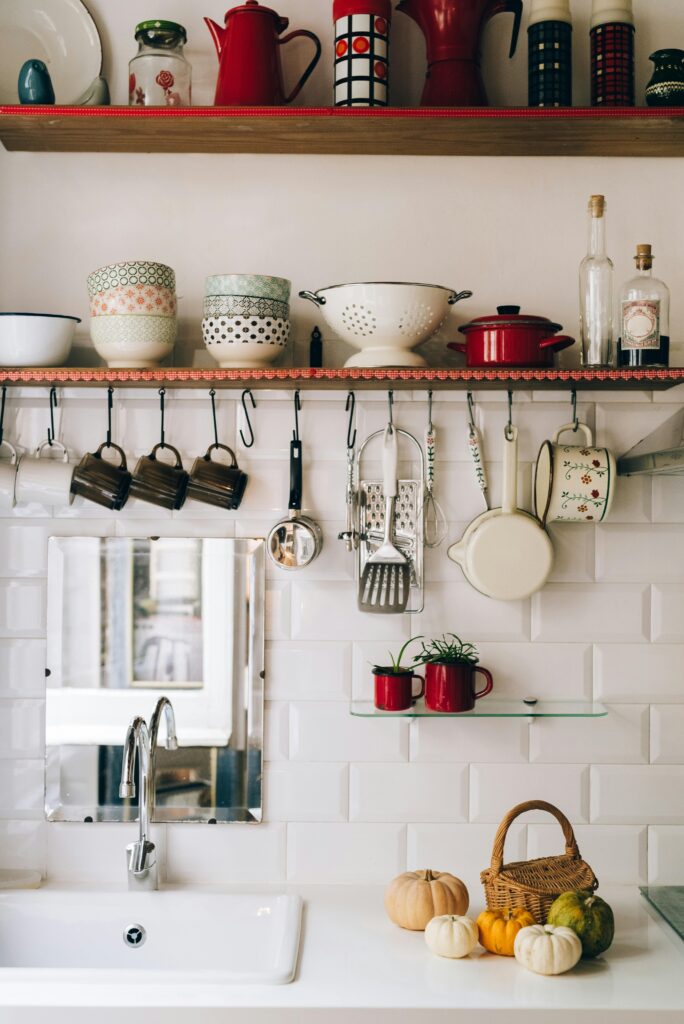
Get Rid of the Easy Stuff First
Starting with the easy-to-remove items can kickstart your momentum. Begin with broken items, duplicates, or things you haven’t used in years. This approach is like clearing the path before climbing a mountain, it makes the ascent much easier.
- Begin with a quick sweep of obvious clutter: expired products, worn-out clothes, unused kitchen gadgets.
- Celebrate each small victory. With each item gone, your willpower strengthens, and your clutter begins to dwindle.
Remember, decluttering is a personal journey. What may seem insignificant to others can be a significant step forward for you. Take it one day at a time, and before you know it, you’ll be enjoying a space that’s more functional and peaceful.
Put a Disposal Plan in Place
Decluttering your home isn’t just about organizing what you want to keep. It’s also about deciding what should go and ensuring those items find their next destination responsibly. A well-thought-out disposal plan will prevent unnecessary clutter from re-entering your life and help reduce the waste that ends up in landfills. Now, let’s explore how you can effectively let go of items without feeling guilty or hesitant.
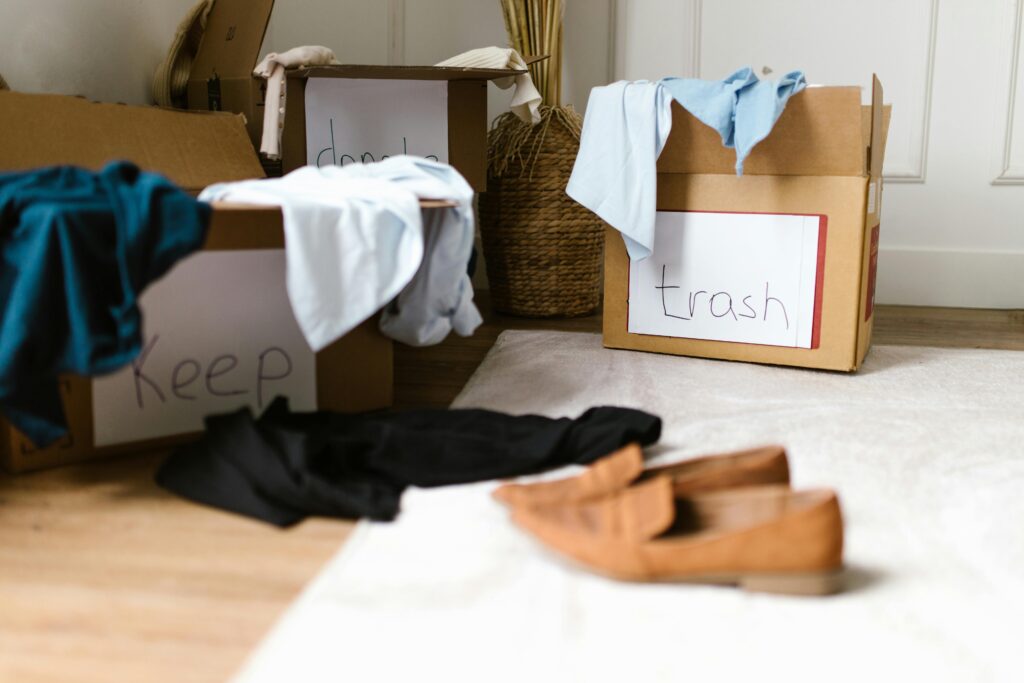
Decide Not to Keep Things out of Guilt or Obligation
We’ve all held onto gifts we never use, or items that used to belong to loved ones, simply because it feels wrong to let them go. But remember, your home should reflect what you value and use, not the weight of what others might expect you to keep.
- Remember: Sentimental value isn’t always tied to physical items. Memories live within us, not in objects.
- Ask yourself: Does this item make me happy or serve a purpose? If not, it’s time to say goodbye.
- Trust that letting go of guilt-ridden possessions can free up space for things that truly enrich your life, both physically and emotionally.
“When you are overwhelmed, tired, or stressed, the solution is almost always LESS.” – Melissa Corriveau
Don’t be Afraid to Just Let it Go
Holding onto items ‘just in case’ can clutter both your space and your mind. It’s like carrying a backpack filled with rocks you might need but never use. So, how do you decide what’s really needed?
- Be honest with yourself about what ‘need’ really means. Will you use it in the next few months? If the answer is no, consider its departure.
- Create a “maybe” box for items you’re unsure about. If you haven’t used them in six months, it’s time to let them go.
- Remind yourself that true utility comes from objects you use regularly. If it’s gathering dust, it’s probably holding you back more than helping.
By crafting a thoughtful approach to disposing of your “unwanteds”, you cultivate a space that’s lighter and more aligned with your current life. Embrace the freedom that comes with letting go.

Celebrating Your Progress
As you embark on your decluttering journey, acknowledging your achievements is important. Each small victory and step forward brings you closer to a more organized and calm space. Recognizing these milestones not only fuels your motivation but also solidifies the positive changes you’ve made. How do you celebrate your progress and keep the momentum going?
Gifts Don’t Have to be Material
Celebrating progress doesn’t always mean buying more stuff. In fact, non-material gifts can be more meaningful and sustainable. Consider the precious gift of time spent with loved ones or sharing experiences that create lasting memories.
- Experience Days: Plan a day out with friends or family. Whether it’s hiking, watching a movie, or enjoying a picnic, these shared moments are far more valuable than any object.
- Skill Sharing: Learn something new together. Perhaps try a cooking class or a creative workshop. This not only bonds you closer but enriches your life without adding clutter.
- Unique Gestures: Write a heartfelt note or share an old photo that rekindles fond memories. These gestures have the power to touch hearts in profound ways.
“Getting rid of items isn’t a waste of money. The money was wasted when you bought the item, not when you let it go.”
Don’t Waste Your Life on Clutter
Every object you own demands a piece of your life. It’s not just about space; it’s about the time and energy devoted to managing it all. Picture each item as a tiny weight, adding to the burden you carry daily. Do you really want to spend your life managing stuff?
- Time Investment: Think about the hours spent cleaning, organizing, or repairing things. Imagine what true freedom means when these hours are reclaimed.
- Space Liberation: Imagine walking into a room and feeling the open air, not hemmed in by things. Your space is precious; use it to enhance your life, not suffocate it.
- Life Choices: Decide that fewer things means more freedom. More time for family, hobbies, travel or that project you’ve always wanted to start. Choose to invest in relationships and experiences over material possessions.
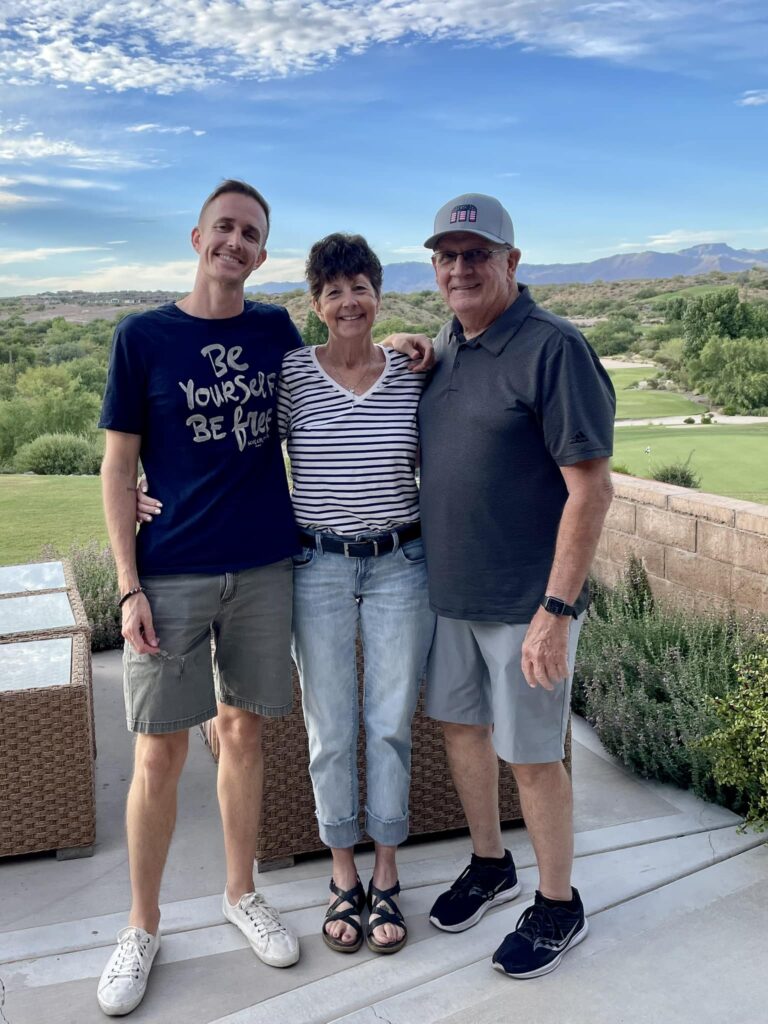
By re-evaluating what you own and celebrating the journey rather than just the end goal, you transform decluttering from a chore into a rewarding lifestyle. Embrace the journey, savor the progress, and let each step be a cause for celebration.
Embarking on your decluttering journey is no small feat, but the rewards are well worth the effort. Now is the time to take that first step. Channel what you’ve learned here into action. Ask yourself: What can I clear out today? How can I make my space reflect who I am now?
Your home is your sanctuary. Free it from unnecessary burdens and embrace a life with more space for what truly matters. By doing so, you’re not just clearing away clutter, you’re opening up a world of possibilities. So, why wait any longer? Grab a box, start sorting, and let your decluttering adventure begin!

